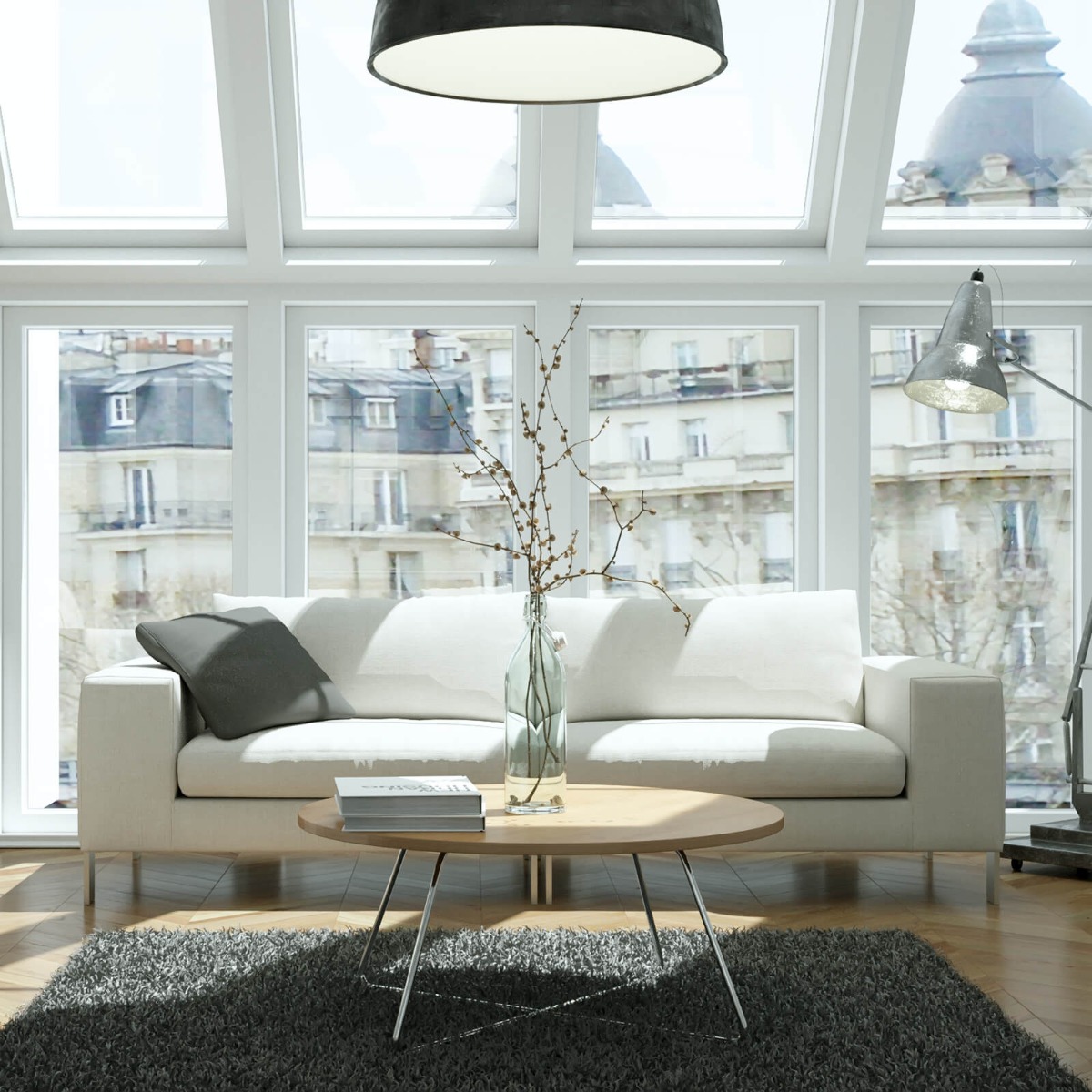The Difference Between Vinyl and Linoleum
- By Flooring Liquidators
- Oct 17, 2019

If you have shopped for new hard surface flooring within the last few years, there’s no doubt that you checked out a few dazzling vinyl options. Vinyl, and in particular Luxury Vinyl Tile or LVT, has been transformed since its earliest days on the market, both in terms of performance and fashion. These days, you can easily find gorgeous LVT products that emulates your favorite hard surface styles at a fraction of the cost, while still receiving the benefits of resilient flooring.
Speaking of resilient flooring, what exactly qualifies? Are vinyl and linoleum technically the same thing? Has LVT officially taken over the segment from linoleum? While the two terms may often be confused or misused, they are actually separate respective products that builders have used for years in sheet and tile form. They both fall under the resilient category since they will retain their shape under pressure and are forgiving under foot. So what’s the difference? Let’s clear the confusion once and for all!
Linoleum
One of the original green flooring products, Linoleum is primarily derived from linseed oil (hence the root of the product name) as well as other natural materials. Flexible yet solid, linoleum has long-proved to be an affordable flooring option that can quickly be cut to size, installed, and repaired if needed. Although a smooth, level subfloor is a requirement, linoleum is easy to care for with routine sweeping and mopping. Linoleum can be more susceptible to water damage than vinyl, but scratches don’t readily show since the color goes through to the backing. More limited in style and color choices than vinyl, linoleum can also have a "bloom" or color change over time. Primarily a great fit for commercial applications seeking green certification, the more recent introduction of linoleum in tile format may open more possibilities. In general, linoleum is:
- Limited in style options
- Mostly in sheet form, though tile exists
- Relatively durable
- Relatively stable
- Susceptible to moisture damage
- Requires a smooth and level subfloor
- Suitable for education or healthcare facilities
- Very affordable
- Somewhat more of a hassle to maintain
- Very quick to install, especially for DIYers
- Best suited or in need of a sealer
Vinyl
Durable, stylish, easy to afford, install and maintain, versatility is the key to vinyl’s resurgence. Available in plank, tile, or sheet format, vinyl offers vast design capability without the need for professional installation. LVT is produced to mirror hardwood and natural stone with incredible realism, depth and texture. Inherently waterproof, modern vinyl products also feature rigid top layers that provide enhanced durability for high traffic areas. Vinyl options can more easily and accurately provide the rustic, traditional, exotic or industrial look you want, without breaking the bank. There’s a great chance that you will find the exact combination of design, color and format you envision from a vinyl product, and be able to install it with minimal stress. In general, vinyl is:
- Endlessly versatile in style options
- Textured
- Available in tile, sheet, or plank form
- Extremely durable
- Relatively stable
- Very well-suited for areas with high moisture
- Able to "float" above any subfloor
- Suitable for any commercial or residential application
- Very affordable, although some brands can have a higher price range
- Very easy to maintain
- Very quick to install, especially for DIYers
- In need of no sealer

Ready to install the versatility of vinyl flooring in your home? Shop online for styles from the industry's most trusted brands and get up to three samples free!




Validate your login